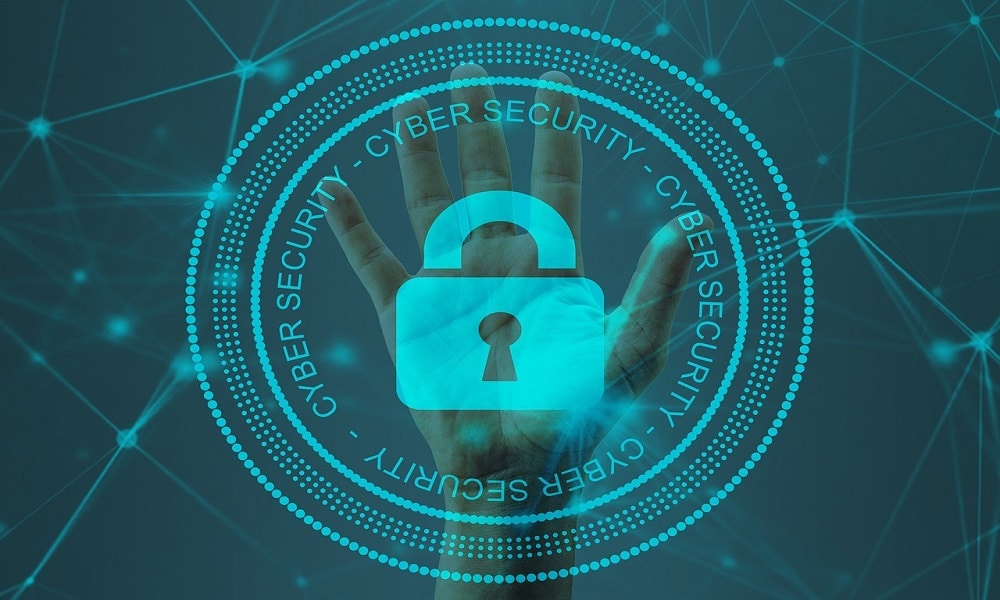In today’s digital age, cybersecurity is no longer an option—it’s a necessity. With the increasing reliance on technology and the internet, businesses of all sizes are vulnerable to cyberattacks. These attacks can lead to data breaches, financial loss, and reputational damage. Therefore, it’s crucial for every business owner to understand the cybersecurity measures that can protect their business from these threats. This article outlines essential cybersecurity practices that every business owner should know and implement to safeguard their digital assets.
1. Implement Strong Password Policies
One of the simplest yet most effective ways to protect your business is by enforcing strong password policies. Weak or easily guessed passwords are a common entry point for cybercriminals. Encourage employees to use complex passwords that include a mix of letters, numbers, and special characters. Additionally, implement multi-factor authentication (MFA) wherever possible. MFA adds an extra layer of security by requiring a second form of verification, such as a text message or biometric verification, making it significantly harder for attackers to gain unauthorized access.
2. Regularly Update Software and Systems
Outdated software and systems are prime targets for cyberattacks. Hackers often exploit known vulnerabilities in outdated software to gain access to a network. To mitigate this risk, ensure that all software, including operating systems, applications, and antivirus programs, is regularly updated. Enable automatic updates wherever possible to ensure that you’re always protected against the latest threats. Additionally, conduct periodic reviews to identify and replace any obsolete or unsupported software within your organization.
3. Back-Up Data Frequently
Data loss can occur due to various reasons, including cyberattacks, hardware failure, or human error. Regularly backing up data ensures that your business can quickly recover in the event of a loss. Implement a robust backup strategy that includes both on-site and off-site backups. This approach protects against physical damage (like fire or flooding) and cyber threats such as ransomware attacks, where data can be encrypted and held hostage. Consider using automated backup solutions to ensure that data is regularly backed up without relying on manual processes.
4. Educate Employees About Cybersecurity
Human error remains one of the most significant vulnerabilities in cybersecurity. Educating employees about cybersecurity best practices is essential to creating a secure environment. Conduct regular training sessions on identifying phishing emails, avoiding suspicious downloads, and understanding the importance of password security. Additionally, foster a culture where employees feel comfortable reporting suspicious activity without fear of repercussions. A well-informed team can act as the first line of defense against cyber threats.
5. Utilize Firewalls and Antivirus Software
Firewalls and antivirus software are fundamental components of a robust cybersecurity strategy. Firewalls act as a barrier between your internal network and external threats, blocking malicious traffic before it can cause harm. Ensure that all devices connected to your network, including computers, servers, and mobile devices, are protected by a firewall. Antivirus software, on the other hand, helps detect and remove malware that may have bypassed the firewall. Regularly update and monitor these tools to ensure they effectively protect against the latest threats.
6. Control Access to Sensitive Information
Not all employees need access to all information. Implementing access controls can help limit the exposure of sensitive data to only those who need it for their roles. Use the principle of least privilege, granting employees the minimum level of access necessary to perform their job functions. Regularly review access levels and adjust them as needed, especially when employees change roles or leave the company. Additionally, consider using encryption to protect sensitive data, both at rest and in transit.
7. Monitor and Respond to Threats Proactively
Continuous monitoring of your network and systems is crucial to detect suspicious activity early. Utilize intrusion detection systems (IDS) and intrusion prevention systems (IPS) to identify and respond to potential threats in real time. Establish a cybersecurity incident response plan outlining the steps to take in the event of a security breach. This plan should include identifying the breach, containing it, eradicating the threat, and recovering from the incident. Regularly test and update your response plan to ensure its effectiveness.
8. Secure Remote Work Environments
With the rise of remote work, securing remote work environments has become more critical than ever. Ensure that all remote employees use secure, encrypted connections such as Virtual Private Networks (VPNs) when accessing company resources. Provide secure devices or require that personal devices meet specific security standards. Implement endpoint protection solutions to monitor and manage devices accessing your network. Finally, enforce security policies for remote work, including guidelines for handling sensitive information outside the office.
9. Regularly Assess Your Cybersecurity Posture
Cybersecurity is not a one-time effort; it requires continuous assessment and improvement. Conduct regular security audits and vulnerability assessments to identify weaknesses in your systems and processes. Consider hiring a third-party security firm to conduct continuous pen testing and provide an objective evaluation of your defenses. Use the findings to update your cybersecurity policies and strengthen your security posture.
10. Stay Informed About Cybersecurity Trends
The cybersecurity landscape is constantly evolving, with new threats and vulnerabilities emerging regularly. Stay informed about the latest cybersecurity trends and best practices by following reputable cybersecurity blogs, attending webinars, and participating in industry forums. Join a cybersecurity information-sharing group relevant to your industry to stay up-to-date on emerging threats and effective countermeasures. Knowledge is power, and staying informed can help you proactively defend against potential threats.
Conclusion
Cybersecurity is an ongoing process that requires vigilance and proactive measures. By implementing these essential cybersecurity practices, business owners can significantly reduce their risk of cyberattacks and protect their digital assets. Remember, the cost of prevention is always less than the cost of recovery after a cyber incident. Take the necessary steps today to safeguard your business against the ever-evolving threat landscape.
To enhance your cybersecurity measures, consider exploring Managed Detection Services by RedLegg.


